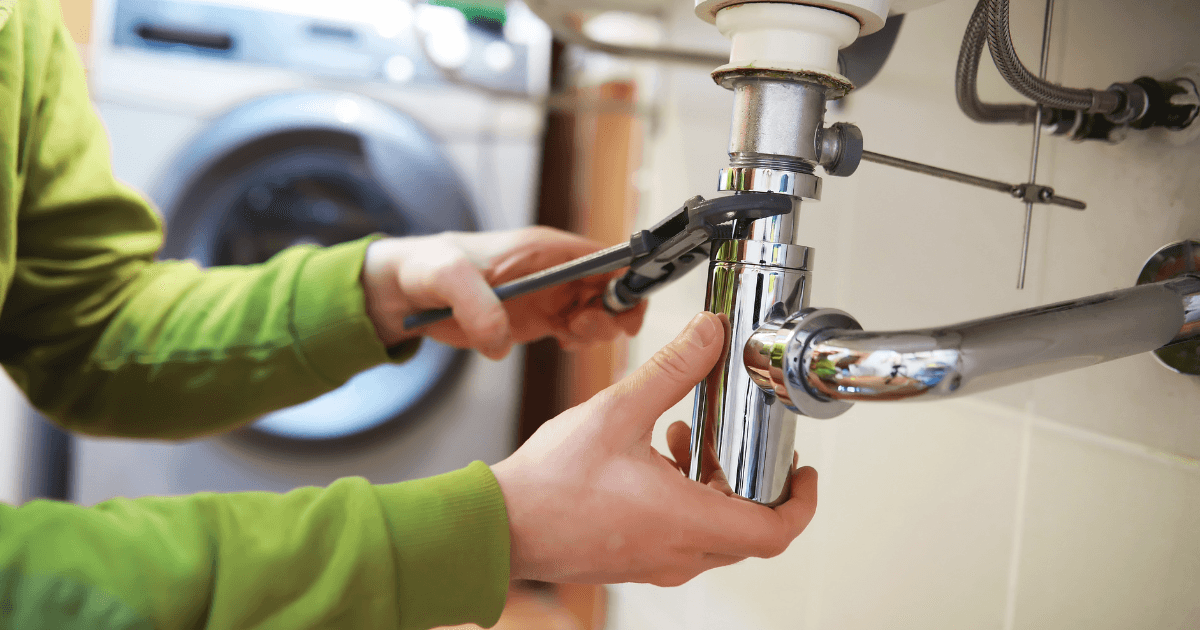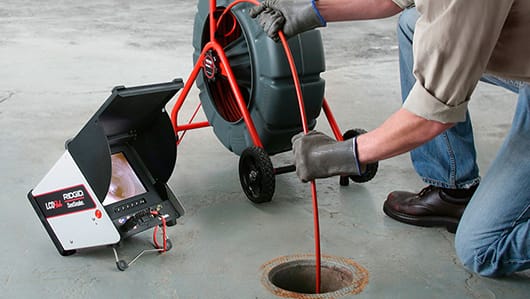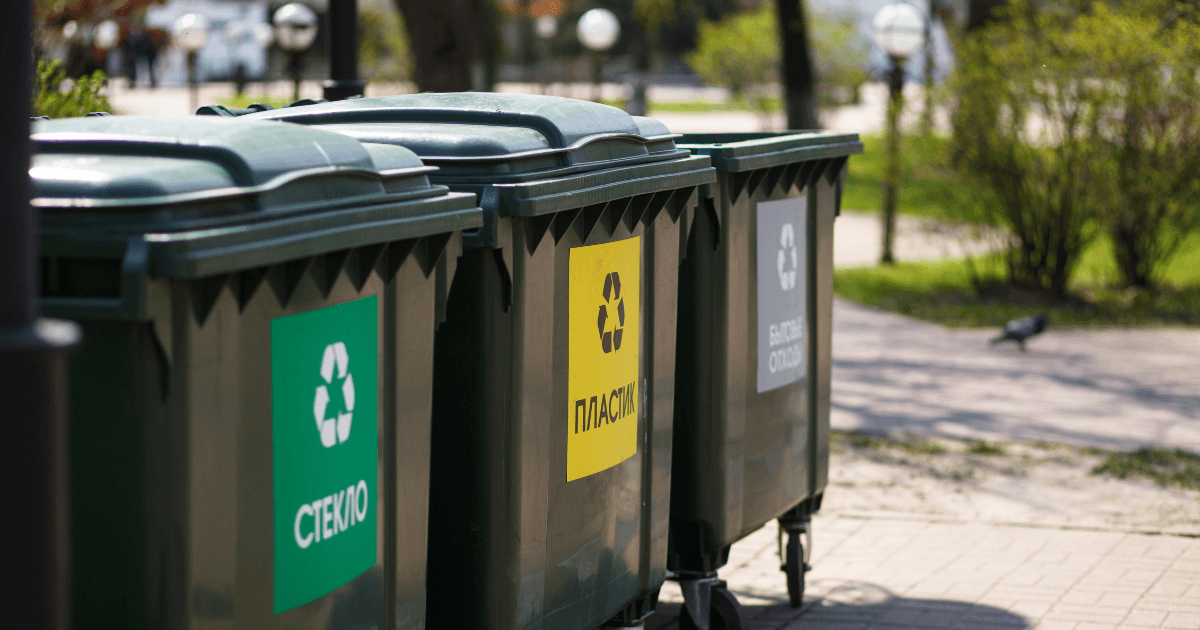As a homeowner, you’re likely familiar with the basics of maintaining your property—cleaning the gutters, mowing the lawn, and keeping the plumbing system in good condition. However, one critical aspect that is often overlooked is understanding your responsibilities regarding your home’s sewer system. While this may not be the most glamorous aspect of homeownership, it’s essential for both the health of your home and your finances.
To truly grasp your sewer responsibilities, we’ll apply first principles thinking, deconstructing the system from its fundamental components. By approaching the subject with deep analytical rigor, we can reshape the way homeowners think about their sewer lines, maintenance obligations, and the consequences of neglect.
The Basics: What Part of the Sewer Line Is Yours?
At its core, the sewer system serves as a pipeline transporting wastewater from your home to either a municipal sewer system or a septic tank. However, understanding where your responsibility as a homeowner begins and ends is crucial to avoid costly repairs and unexpected issues.
The Division of Responsibility
Typically, homeowners are responsible for the lateral sewer line—the pipeline that connects your home’s internal plumbing to the municipal sewer line or septic system. This lateral line runs from the house to the edge of your property, usually connecting at the street or an easement. The city or local utility is responsible for the main sewer line, which serves your entire neighborhood.
But here’s the critical part: If there’s a blockage, break, or leak in the lateral sewer line, it is your responsibility as a homeowner to fix it, even though it’s underground and difficult to monitor. Homeowners often assume the city or utility company will handle repairs, but unless the issue is in the main line, you are financially responsible for any necessary work.
Why This Matters
A broken or clogged lateral line can lead to sewage backups inside your home, potentially causing thousands of dollars in damage. Knowing that this part of the system is yours to maintain allows you to take preventive measures before major problems arise.
The Real Cost of Inaction: Consequences of Neglecting Sewer Maintenance
Sewer line maintenance is one of those responsibilities that many homeowners don’t think about until there’s an emergency. However, neglecting your sewer line can result in significant and costly consequences, both financially and environmentally.
Financial Implications
The cost of repairing a broken or clogged sewer line can range from $3,000 to $10,000 or more, depending on the severity of the damage. Repairs often involve excavation—digging up your yard to access the damaged pipe. On the other hand, regular maintenance and inspections cost only a fraction of this.
- Example: Routine sewer line inspections typically cost between $150 and $300, but they can catch small issues—like minor blockages or cracks—before they require full-scale repairs.
- Risk of Property Damage: If sewage backs up into your home due to a blocked lateral line, it can damage floors, walls, and furniture, leading to further expensive repairs.
Health and Environmental Risks
A leaking or broken sewer line doesn’t just affect your property—it can also have severe health and environmental consequences. Sewage contains harmful bacteria, viruses, and pathogens that pose a serious risk to anyone exposed to them. A backup into your home can contaminate your living space, creating hazardous conditions.
Furthermore, a cracked or damaged sewer line can leak waste into the soil, contaminating groundwater supplies and nearby water sources. This can harm local wildlife, damage ecosystems, and even affect the quality of your drinking water if the contamination spreads far enough.
Proactive Maintenance: Preventing Costly Sewer Problems
Now that you understand the financial and environmental risks associated with sewer line neglect, it’s crucial to consider how proactive maintenance can mitigate these risks. Regular inspections, proper waste disposal habits, and monitoring your sewer system’s health can significantly reduce the likelihood of a major failure.
Regular Sewer Line Inspections
Routine sewer line inspections are essential to identifying small issues before they become significant problems. These inspections typically involve sending a sewer camera down the lateral line to check for blockages, cracks, or damage. By catching problems early, homeowners can avoid more extensive (and expensive) repairs later.
How Often Should You Inspect?
- Every 1-2 years: Most experts recommend having a professional sewer line inspection every 1 to 2 years, especially if your home is older or surrounded by trees whose roots may infiltrate the pipes.
- After significant events: It’s also a good idea to schedule an inspection after major weather events like heavy rainfall or earthquakes, which can shift the soil and damage underground pipes.
Proper Waste Disposal: Protecting Your Sewer Line
One of the leading causes of sewer line blockages is improper waste disposal. While it might seem convenient to pour grease down the drain or flush non-degradable items, these habits can cause severe damage to your plumbing and sewer line.
- Avoid flushing anything besides toilet paper: Items like wipes, paper towels, and hygiene products do not break down like toilet paper, leading to blockages.
- Dispose of grease properly: Pouring grease down the drain is one of the worst things you can do for your sewer system. As grease cools, it solidifies and clogs pipes. Instead, collect it in a container and throw it away.
Taking these simple steps can go a long way in protecting your lateral sewer line and reducing the need for repairs.
Sewer Line Insurance: Is It Worth It?
One of the most common questions homeowners have is whether they need sewer line insurance. Given the high cost of repairs, many insurance providers offer policies that specifically cover damage to sewer lines, but are they worth the investment?
What Does Sewer Line Insurance Cover?
Sewer line insurance typically covers the repair or replacement of your lateral sewer line due to blockages, breaks, or leaks. This includes the cost of excavation, materials, and labor. Some policies also cover damage caused by tree roots, which is a common issue for homes with large trees nearby.
When Should You Get Sewer Insurance?
Sewer line insurance can be a smart investment for homeowners, especially those with older homes or properties in areas prone to tree root intrusion. However, it’s essential to understand the specifics of what your policy covers, as some standard homeowners insurance policies do not cover sewer line damage unless you purchase a separate rider.
- Cost comparison: The average cost of sewer line insurance ranges from $50 to $150 per year, which is a small price compared to the cost of repairing a damaged line.
- When to opt out: If you live in a newly built home with modern sewer lines, you might not need additional coverage, as the risk of failure is lower.
Legal and Financial Implications: What Happens If Something Goes Wrong?
As a homeowner, you’re not only responsible for maintaining your sewer line, but you may also be liable for any damage that occurs as a result of neglect. Failing to address a known problem or allowing a sewer line issue to escalate could result in legal or financial consequences.
Liability for Sewer Backups
If a sewer backup occurs and it’s determined that the issue originated from your lateral line, you are responsible for the damages. This includes damage to your home, the cost of repairs, and any potential health risks that result from the backup. In some cases, if the backup affects neighboring properties, you could also be liable for damages to other homes.
On the other hand, if the backup is caused by an issue with the municipal sewer line, the city is typically responsible for the repairs and damages.
Conclusion: Take Control of Your Sewer Line Responsibility
Owning a home comes with many responsibilities, and understanding your sewer system is a critical part of protecting both your property and your financial future. By proactively maintaining your lateral sewer line—through regular inspections, proper waste disposal, and potentially investing in sewer line insurance—you can prevent major issues before they arise.
Remember, while sewer line issues are often invisible, the consequences of neglecting this essential part of your home can be devastating. Don’t wait for a backup or break to take action. By staying informed and proactive, you’ll save money, avoid unnecessary stress, and keep your home’s plumbing system running smoothly for years to come.
FAQ Section
How do I know if my sewer line is my responsibility or the city’s?
Homeowners are typically responsible for the lateral sewer line, which connects their home’s plumbing to the municipal sewer system. Check local regulations for specifics.
What are the signs of a sewer line problem?
Signs include slow drains, gurgling noises, foul odors, and wet spots in your yard, all of which may indicate a blockage or break in the line.
How often should I get my sewer line inspected?
It’s recommended to get a sewer line inspection every 1-2 years or after major weather events, especially for older homes or those near large trees.
Does homeowners insurance cover sewer backups?
Standard homeowners insurance typically does not cover sewer line repairs. However, sewer line insurance or a rider policy can cover the costs of repairs and replacements.





